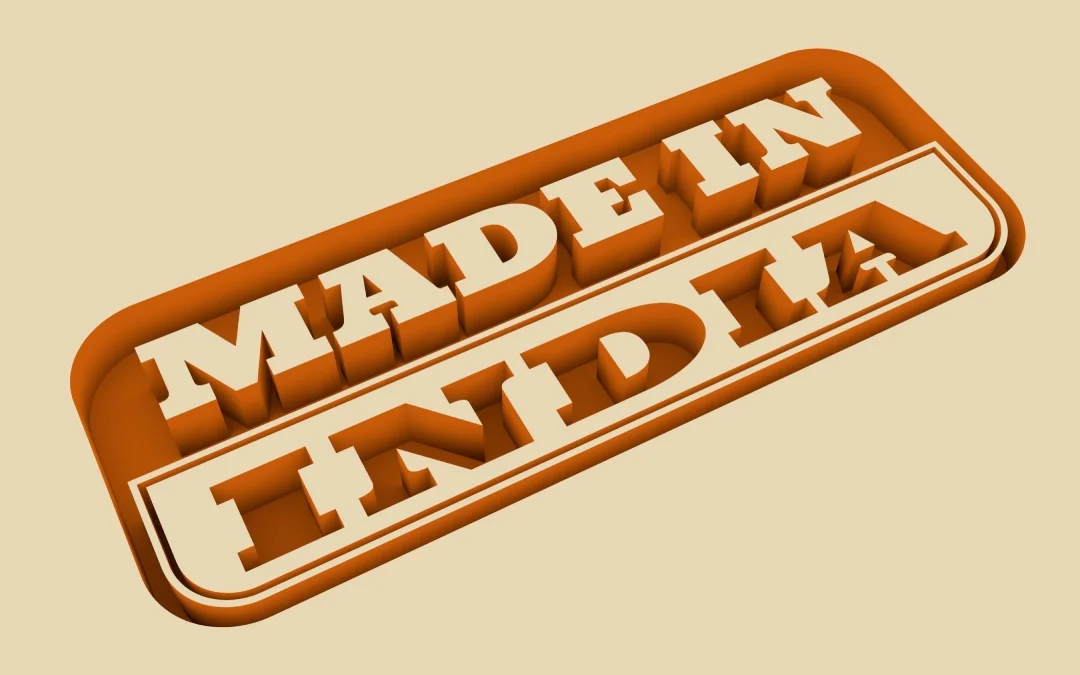When former US President Donald Trump slapped India with a jaw-dropping 50% tariff the steepest Washington has ever imposed on a major trading partner the message was loud and clear: this was economic punishment for India’s decision to continue buying Russian oil.
The move drew immediate and sharp criticism from New Delhi. Prime Minister Narendra Modi called it “extremely unfair”, while India’s trade community braced for impact. In the midst of the outrage, however, an important question emerged:
Why do US giants like McDonald’s, Coca-Cola, and Pepsi continue to dominate our consumer landscape and could this be the moment to turn the spotlight onto home-grown brands?
The Practical vs. The Possible
Let’s be clear shutting the doors on US brands is neither practical nor beneficial in a globalized economy. Multinational corporations bring investment, jobs, supply chain integration, and market variety. Cutting them off abruptly could hurt more than it helps.
But here’s what is possible:
-
Rebalancing the scales so Indian brands stand shoulder-to-shoulder with their global counterparts.
-
Investing in self-reliance without resorting to isolationism.
Instead of bowing to economic pressure, India can use this moment as a springboard for strategic brand building and industrial growth.
The “Earn-Make-Own India” Playbook
The answer to a tariff war isn’t just a counter-tariff it’s creating economic depth so we aren’t vulnerable to external pressure.
-
Boost Home-Grown Food & Beverage Brands
Let’s give Indian restaurant chains, packaged food companies, and beverage innovators the same visibility and aspiration factor that global brands enjoy. We already have the talent and flavors now we need the marketing firepower. -
Support MSMEs and Exporters
Micro, small, and medium enterprises are the backbone of Indian manufacturing and exports. The higher costs from US tariffs are squeezing them targeted subsidies, credit access, and export incentives could be game-changers. -
Drive “Made in India 2.0”
This isn’t about low-cost manufacturing alone. We must position Indian products as premium, high-quality, and globally competitive in technology, pharmaceuticals, automotive, textiles, and more.
A Once-in-a-Generation Opportunity
India’s G20 Sherpa, Amitabh Kant, called Trump’s tariff strike a “once-in-a-generation chance” to accelerate economic self-reliance. He likened it to an Agneepath moment a call to face adversity head-on and emerge stronger.
This is not about exclusion; it’s about empowerment. We don’t need to push out American brands to prove a point we need to make Indian brands so strong that they compete with, and even surpass, their global rivals on merit.
Answering Tariffs With Pride, Not Anger
Tariffs may sting in the short term, but India’s long-term answer lies in resilience and brand power. By investing in innovation, strengthening MSMEs, and telling our own brand story to the world, we can ensure that the next time someone tries economic arm-twisting, our response is built not on retaliation, but on confidence.
Because the ultimate reply to a 50% tariff isn’t a closed door it’s an open marketplace where Made in India stands tall, respected, and unstoppable.

